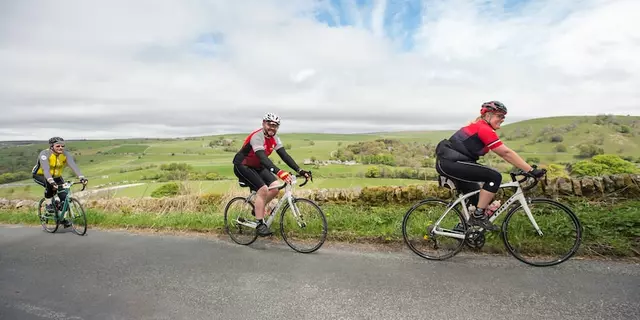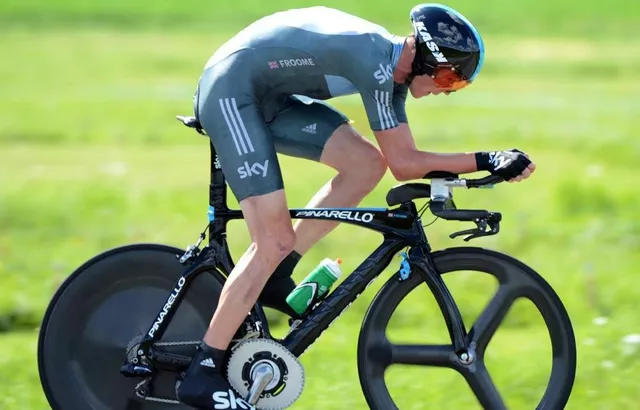
Understanding the Physique of a Cyclist
As a cycling enthusiast, one thing that has always intrigued me is the body shape of professional cyclists. Unlike runners who are typically lean, or weightlifters who are exceptionally muscular, cyclists tend to have a unique physique. While some may associate a cyclist's physique with big bellies due to their sitting posture and the clothing they wear, this is not necessarily the case. Top cyclists usually have lean bodies with remarkable leg strength and minimal body fat. Nonetheless, there is more to a cyclist's physique than meets the eye, and that is what we will explore in this section.
The Role of Muscle Distribution in Cycling
In cycling, the distribution of muscles plays a crucial role. It's no secret that cyclists have strong, muscular legs. This is because cycling is a lower-body intensive sport, and the power generated by the legs is what propels the bicycle forward. However, contrary to popular belief, having a larger belly does not necessarily enhance a cyclist's performance. A cyclist needs a strong core for balance and control but a big belly, often a result of excess fat, does not contribute to this.
The Impact of Body Fat on Cycling Performance
Body fat is another important aspect to consider when discussing a cyclist's physique. Excess body fat can significantly hinder a cyclist's performance. This is because it adds extra weight, making it harder to pedal, especially uphill. Therefore, professional cyclists aim to maintain a low body fat percentage. They achieve this through rigorous training regimes and strict diets. This often results in a lean physique, rather than a big belly.
Why Some Cyclists May Appear to Have Big Bellies
So, why do some cyclists appear to have big bellies? Well, there are a few reasons for this. One is the cycling attire. Cycling jerseys are often snug, and when a cyclist is in a seated position, it can create the illusion of a big belly. Additionally, the posture adopted while cycling can cause the stomach to protrude, giving the impression of a larger belly. However, this doesn't mean the cyclist has a high body fat percentage or is out of shape.
Age and Cycling: The Belly Factor
Age is another factor that can contribute to the big belly phenomenon. As cyclists age, their metabolism slows down, and they might start to accumulate more fat around the belly area, even if they continue to cycle regularly. However, this doesn't necessarily impact their performance significantly, especially for non-competitive cyclists. It's important to remember that fitness and health cannot always be judged by appearance alone.
The Influence of Diet on a Cyclist's Physique
A cyclist's diet can also influence their physique. Cyclists require a high-calorie diet to fuel their intense workouts. However, if the calorie intake is not properly managed, it can lead to weight gain, including in the belly area. That said, professional cyclists work closely with nutritionists to ensure they maintain a balanced diet that supports their training needs without leading to unwanted weight gain.
Does a Big Belly Affect Aerodynamics in Cycling?
Another interesting aspect to consider is the impact of a big belly on a cyclist's aerodynamics. A protruding belly can create more wind resistance, making it harder for the cyclist to maintain high speeds. This is why professional cyclists aim for a lean physique, which helps improve their aerodynamics and overall performance.
Conclusion: The Myth of the Big-Bellied Cyclist
In conclusion, the notion that great cyclists have big bellies is largely a myth. While some cyclists may appear to have big bellies due to their attire, posture, or age, professional cyclists typically maintain a lean physique with minimal body fat. So, the next time you see a cyclist, remember that their physique is a result of their rigorous training, strict diet, and the physical demands of their sport, rather than an indicator of their cycling prowess.





Write a comment